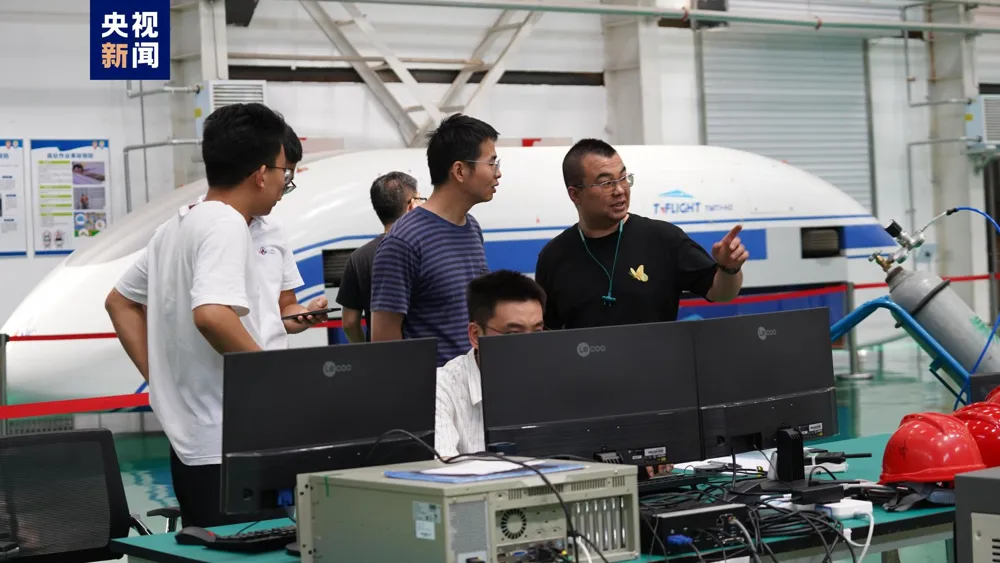China's 1000 kmh Maglev Train Successfully Completes Test

China's ultra-high-speed (UHS) maglev train has achieved a remarkable milestone by reaching speeds of 1,000 km/h during a successful test held in Shanxi Province. This achievement not only signifies a breakthrough in transport technology but also represents a significant step toward the efficient interconnection of cities.
The test took place at a specially constructed high-speed car test base located in Yanggao County, Datong City. This innovative maglev system is a product of the collaboration between the China Aerospace Science and Industry Corporation Limited and the Shanxi Provincial Government.
During the test, a superconducting maglev vehicle was utilized within a 2-km-long low-vacuum pipeline. It successfully demonstrated critical functionalities including controlled navigation, stable suspension, and safe stopping, adhering to the predetermined parameters.
The results indicated that the train's maximum speed and suspension height matched the expected values. All operational systems functioned as intended, and the train's trajectory was closely aligned with theoretical predictions, showcasing the system's robustness.
Moreover, the trial verified several key technologies necessary for large-scale deployment, including the establishment and maintenance of a long-distance low-vacuum environment, superconducting navigation control, and coherent system coordination.
Construction of the UHS maglev transport system commenced in April 2022 in Yanggao County. This transport innovation aims to merge aerospace technology with traditional ground railway methods to facilitate train speeds of up to 1,000 km/h.
Future applications of this high-speed transport system could revolutionize travel between major city clusters in China, potentially reducing travel time between Beijing and Shanghai to approximately one and a half hours.
(With input from Xinhua)
Read These Next

Normal Computing's Thermodynamic Chip: AI Game-Changer
Commentary on the announcement of Normal Computing's thermodynamic computing chip CN101, emphasizing its energy efficiency and potential impact on AI and high-performance computing.

China's National Electron Beam Lithography Machine Breakthrough
Commentary on the significance of China's first domestically produced commercial electron beam lithography machine and its implications for the semiconductor industry.

Rolls-Royce’s Vision for AI and Nuclear Energy Dominance
This article explores Rolls-Royce's innovative plan to power AI through small modular reactors, highlighting its implications for the company's future and the UK's economy.
